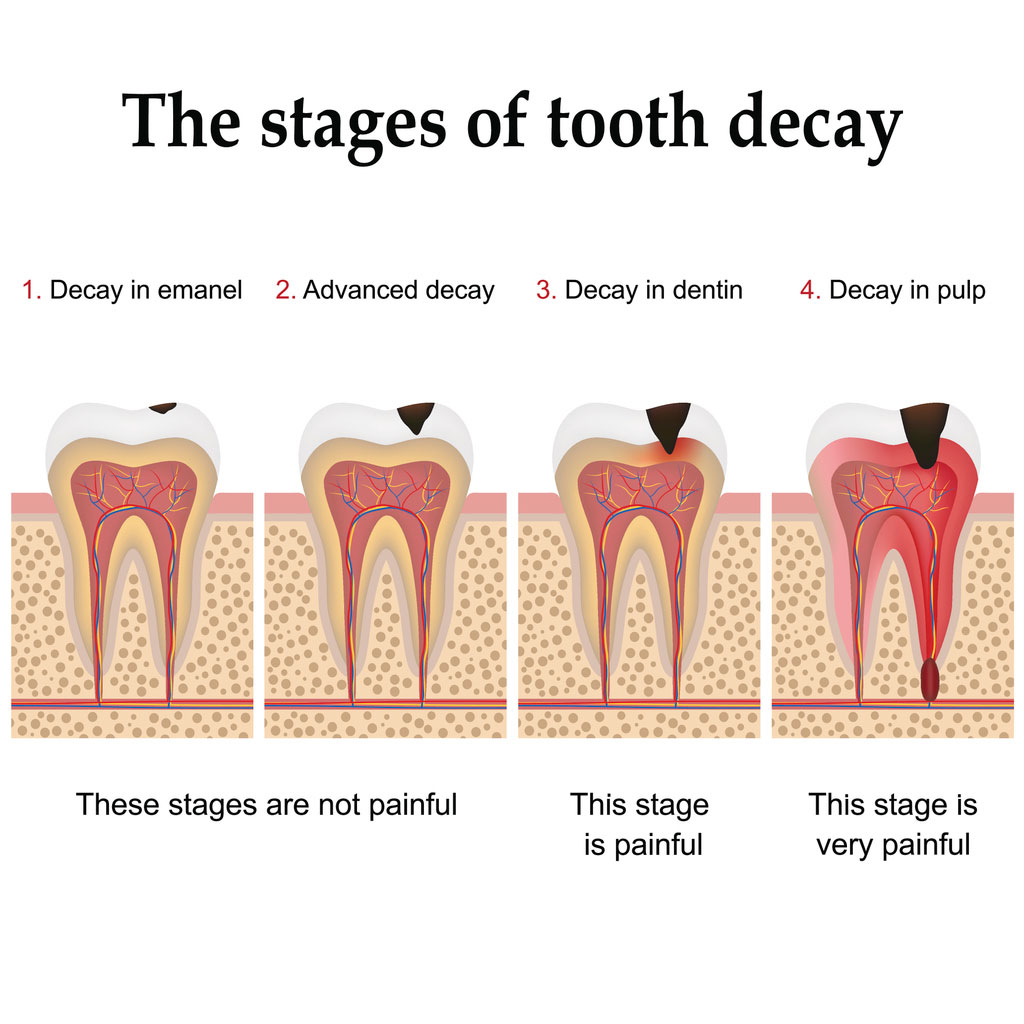
Fillings are a perfect solution to resolve holes from tooth decay. These holes are commonly known as cavities. They essentially “fill” the hole, helping to resist further tooth decay. After an initial consultation, an amalgam filling or a composite resin filling will be placed based on the needs of the patient.
Amalgam (Silver) Fillings
Amalgam fillings, otherwise known as “silver fillings”, are made from a combination of mercury, silver, tin, and copper. This is a durable and affordable filling option that has been used for many years by dentists. Amalgam fillings are long-lasting and have been found to be highly effective and efficient.
Many people still have silver/mercury fillings in their mouths from years past. These fillings are not particularly pleasing to the eye, and we know that by unavoidable design, silver/mercury fillings ultimately result in a weaker tooth structure. Composite fillings are not only beautiful (and unnoticeable) but also add strength to weakened teeth. These restorations are esthetically pleasing and very strong thanks to new bonding technologies.
Disadvantages of Silver fillings:
Silver fillings have many drawbacks. The edges of the silver filling can wear down, become weak or break. This results in the tooth not being protected and lets cavities get started once again. With age, the metal of a silver filling expands, contracts, and can split.
Silver fillings contain 50 percent mercury. They can corrode, leak and cause stains on your teeth and gums.
Fortunately, silver fillings can safely be replaced with Tooth-Colored Restorations.
Composite Fillings
The advantage of composite fillings is that they can be closely matched to the color of the patient’s tooth. Composed from a mixture of quartz or glass fillers, composite fillings can be used on front or back teeth. A white shade of the filling material results in equally high durability along with a pleasing visual appeal.
Advantages of Composite Fillings
There are many advantages to tooth-colored restorations. Composite or resin fillings are bonded to the teeth creating a tight, superior fit to the natural tooth. Such restorations can be used in instances where much of the tooth structure has been lost. The tooth remains intact and stronger.
Since the resin used in tooth-colored restorations contains fluoride this can help prevent decay. The resin also wears like natural teeth, which is healthier for your bite and gums!
After the Procedure
It is common for patients to feel pain and sensitivity around the filling. This only occurs for a short period of time and subsides once the tooth adjusts to the filling. This sensitivity typically only lasts for 1 to 2 weeks.
The Result Is a Beautiful Smile!!
